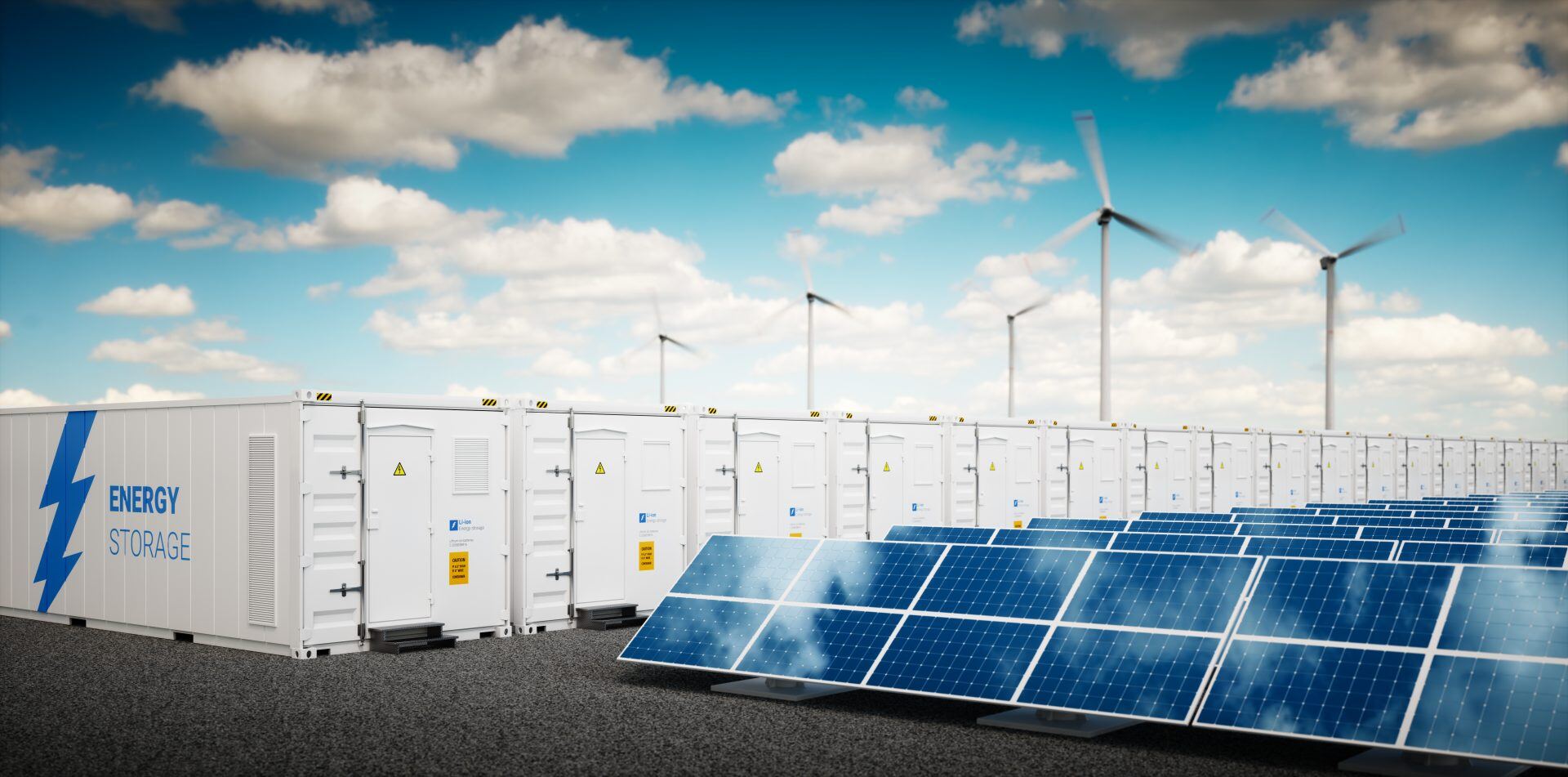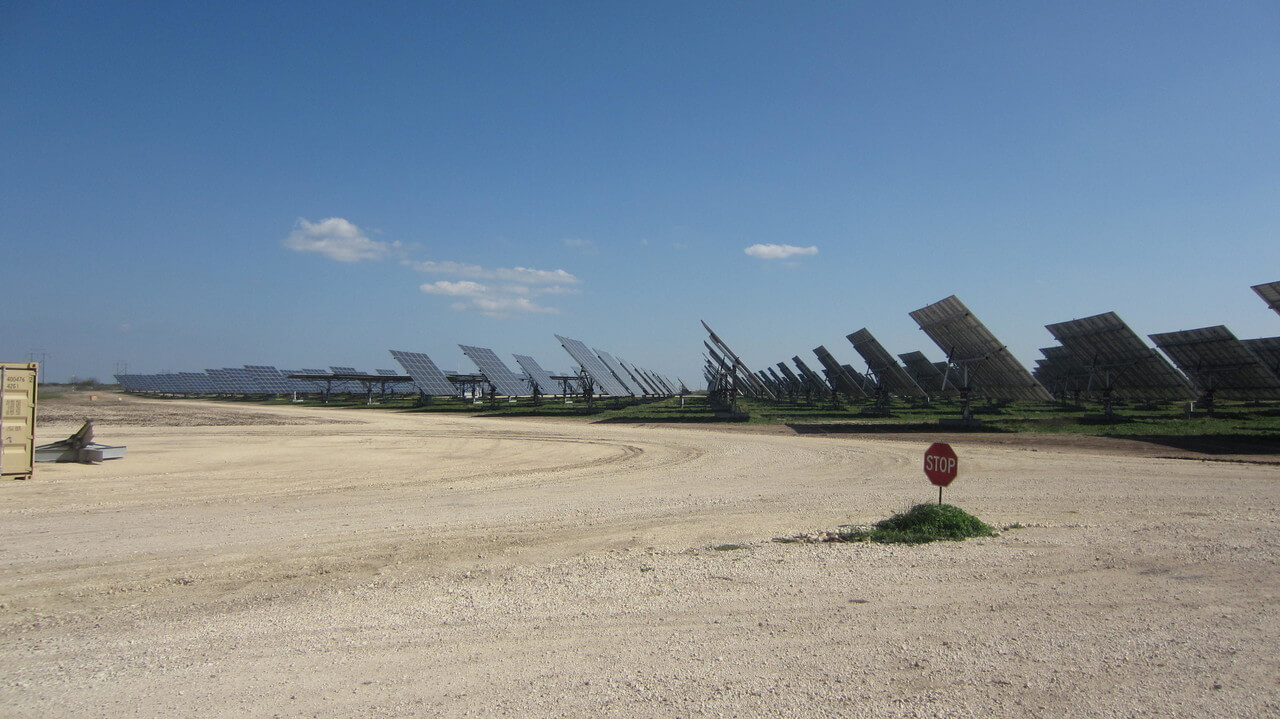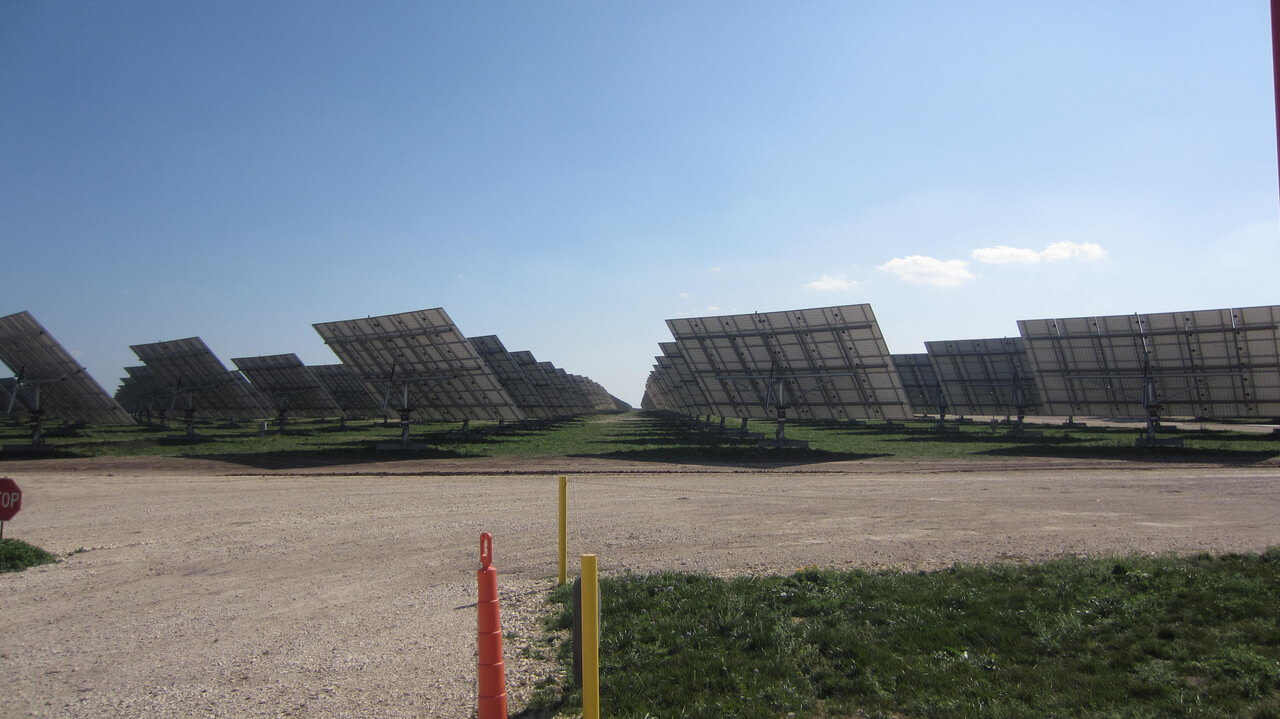Article 1: The 10 Things You Need to Know to De-risk Wind O&M–It’s Time to Reconsider Your O&M Strategy

Stay in touch
Subscribe to our newsletter for expert insights, company updates, and the latest in renewable energy management solutions.
IT’S THE SAME, BUT DIFFERENT
I can hear you thinking, “Oh brother, not another generic article on wind O&M…” You might feel that your company’s O&M processes and strategies are well-thought-out, and that your O&M workflow doesn’t need to be altered. If that’s your situation, this article is written just for you.
In my years of providing different services to the wind power sector, I have seen significant differences in O&M strategies and processes. Of course, differences in strategies can be justified when budget, objectives and portfolio sizes differ. What I have always found puzzling, however, is when clients with similar portfolios had vastly different approaches to O&M. To make matters more confusing, each client was convinced they had the best O&M strategy.
This article will provide you with a summary of the various wind power O&M models and hopefully stimulate some questions within your organization. I don’t believe a single solution fits all wind O&M circumstances. To consistently minimize risk and LCOE, the optimal O&M strategy will most likely evolve over time.
WHEN CHOOSING O&M PROVIDERS, CONTEXT IS EVERYTHING
Depending on the size of your portfolio, business model, financial strategy, plant age, project type (offshore or onshore), you might opt for a self-perform, ISP or FSA O&M model. Or, you might opt for a hybrid O&M model. For example, owners with a small portfolio might value the spare parts assurance that comes with an Original Equipment Manufacturer (OEM) sourced O&M contract, whereas this might be less valuable to an owner with a large portfolio where spare parts can be traded amongst plants. There are pros and cons for each of these options. The following table provides a high-level summary of pros and cons related to each type of service delivery model:

Another option considered by some owners consists of hybrid or mixed of all three strategies. In-depth knowledge of financial, technical, health and safety risks of all options is required to ensure that the optimal solution is designed.
Owners should also consider that all OEMs and ISPs are not created equal. ISPs, in particular, may vary considerably in size, from several employees to several hundreds. Finding a single contractor that can handle a wide range of preventive and corrective repair services (e.g., electronics, hydraulics, precision mechanical, etc.) might be a challenge.
Finally, keep in mind that the optimal service delivery model not only changes with your specific context, it also evolves over time. From the outset, almost the entire project is with the OEM for contractual reasons. Post-warranty, some opt to continue with OEM, others opt for the ISP model and some move O&M in-house. What is important to recognize is that your optimal choice might change over time as your wind assets age. Your needs for spare parts, types of problems, even your business strategy may evolve. Therefore, your optimal solution needs to be constantly evaluated—it might be a hybrid solution that evolves over time.
WHAT IS YOUR BEST O&M STRATEGY
In addition to answering the question of optimizing your O&M service model choices is the question of what strategy you are pursuing. It is generally accepted that maintenance strategies should evolve from reactive (also known as corrective or run-to-fail), to preventive (also known as scheduled), to condition-based, to predictive and ideally up to prescriptive maintenance. There is substantial research that demonstrates improvements in turbine availability, operating costs and economic asset life when applying digital intelligence to asset maintenance practices.

Again, through years of discussion, I have seen the complete span of cultural beliefs about O&M strategies, from run-to-fail strategy to firm believers of condition monitoring systems (CMS) installed without any questions on all their wind turbines. At a lower priority level but still very indicative of the actual context, is the way met masts are maintained throughout the industry. I was really dumbfounded to see in our industry the large span of maintenance levels of met masts – from no maintenance at all, to yearly inspections and change-out of met mast instrumentation. This wide range of approaches to wind O&M may indicate that the industry is still maturing.
While the possibility of optimizing wind O&M increases with the sophistication of methods, it is important to note that implementation and operating costs of the more “intelligent” methods come at higher price. While the discussion of cost/benefits for different O&M options is common among all owners, the methods of evaluating them can be quite different. Below is a brief list of the different perspectives I have observed with different owners concerning the choice of adopting O&M packages and strategies:
- Some companies use an investment hurdle of a “secure and demonstrated solution” of 2 years payback or less
- Some companies are considering risk in their analysis, others are not
- Some companies are looking at the potential gains independently of the initial cost, others are looking more specifically at the level of expenses
- Some are influenced by market trends
- Some companies are very innovative and always ready to test new options while others are more conservative
- Some companies have operational backgrounds and place a high value on good and proper data, while others consider these types of systems as expenses, only
- Some are operating in the context to sell, others are holding the asset for the long term
While the technical benefits of more sophisticated O&M methods are undeniable, a proper cost/benefit analysis method needs to be established for evaluating the investment. For example, it appears there is now a general consensus in the industry that the cost/benefit of a CMS for turbines under 1.5 MW is difficult to demonstrate.
Again, it is important to consider timing in your decision process. If your facility is relatively new or close to the end of its useful life, the cost/benefit analysis might give widely different results. For example, the installation of a CMS is worth more when installed early in the assets life then at the end where a run-to-fail strategy might be the best O&M strategy.
CONCLUSION
Like any well-run business, the wind power industry needs to constantly challenge its O&M service model and strategy by applying new operational knowledge, business models and technical innovation.
While OEMs can provide deeper turbine maintenance services compared to a mix of ISP and in-house maintenance, and a more “intelligent” O&M strategy can provide better cash flows, the question that remains is: “What is the result of the cost/benefit analysis?” In the final analysis, your company’s culture and the current business context will influence your choices as much as the results of the cost/benefit analysis.
Dr. Francis Pelletier is the Vice President of the Advanced Analytics group at Power Factors.


-2.jpeg?width=2000&name=AdobeStock_785443953%20(1)-2.jpeg)


